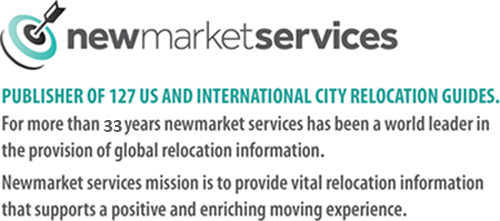The history of Kansas City is much like an old Western movie. It is a story of cowboys and Indians, of westward expansion and the rugged men and women who traveled to and through the area in search of a new beginning.
Before the first explorers came upon this beautiful land, it was inhabited by several Native American tribes, including the Omaha, Iowa, Kansa, Missouri and Osage. French explorers Louis Jolet and Father Jacques Marquette were the first to discover the mouth of the Missouri River while traveling down the Mississippi in 1673. This discovery led to further exploration by Europeans throughout the 1700s. Following the Louisiana Purchase in 1803, the legendary party lead by Meriwether Lewis and William Clark explored the Missouri River area and points west from 1804-1806. As exploration continued, trade relations were instituted with the Native American people, increasing familiarity with the land and its inhabitants.
In 1812, the U.S. Congress established the Missouri Territory and opened the land to settlement. Missouri was granted statehood eight years later, becoming the 24th state in the Union. As pioneers, trappers, settlers and others flocked to the areas along the Missouri River; Frenchman Francois Chouteau established the American Fur Company trading post on the waterfront at what is now the river’s edge of downtown Kansas City. This move helped to establish trade relationships with the Native American tribes until President Andrew Jackson signed the Indian Removal Bill in 1830. This bill opened the entire state to white settlers, ultimately forcing the Native Americans to relocate to other areas of the Midwest.
While tremendous growth was occurring in Missouri, Santa Fe was also becoming a hot settlement spot. The Santa Fe Trail was established in Independence, bringing even more commercial activity to the area. With the rush to western territories under way, Kansas City found itself situated in an ideal location. In 1834, John Campbell purchased a tract of land located just four miles from the river on the Kansas/Missouri state line and divided it into settlement plots. Westport (as Campbell named it) was established as a thriving commercial trading post by John Calvin McCoy, one of its new inhabitants. McCoy promoted Westport to settlers bound for California, Oregon and Santa Fe by touting it as the last stop for supplies before heading west, and his sales pitch resulted in a boom for the economy of the little town.
Since Westport was located four miles inland, McCoy thought the best way to transport supplies was to establish a dock on the river. He found a rocky landing spot perfect for docking shipping boats, cut a road from the dock to Westport and the riverside town of Kansas City was born. Visitors can still visit the spot where the historic dock once stood. It is located where Main Street meets the river.
Being a slave state, Missouri experienced its share of battles during the Civil War. One significant event was the Battle of Westport, a bloody exchange that resulted in more than 1,000 deaths on each side. It was a brutal loss for the Confederates, and one that ended any possibility that slavery would remain in effect in the state. Following the war, the Missouri-Pacific Railroad was established in Kansas City, resulting in the construction of the Hannibal Bridge in 1869. This marked the beginning of a period of major economic growth: livestock trade boomed, packinghouses sprung up throughout the area, new businesses were established and residential construction was at an all-time high.
In 1903, tragedy stuck the city when torrential rains caused the Missouri River to flood, leaving 20,000 citizens homeless and many businesses crippled. The feisty Kansas City spirit came alive, though, with people from all areas of town and all walks of life pitching in to rebuild and reestablish the downtown district as a national business, cultural and residential leader.
1922 saw the opening of Country Club Plaza, an area that continues to be a major tourist attraction today. The early 1930s established Kansas City as a hub of music and nightlife when more than 50 all-night music and dance clubs were built along 12th Street. These clubs offered bootleg whiskey and a live music style that would come to be known as Kansas City Jazz.
Kansas City continued its growth as a major business and residential city throughout the 30s and 40s, but the eyes of the world focused more keenly on the area when local boy Harry S. Truman became the 33rd President of the United States in 1945. Meanwhile, the 50s saw both another major flood and the extinction of Kansas City’s streetcars when construction of US Highway 50 was begun.
Sports fans see the 1960s as a major turnaround for the city. In 1963, the Dallas Texans professional football team moved to town and renamed themselves the Kansas City Chiefs, while in 1969; the Kansas City Royals baseball club was established as an expansion team. Both teams went on to receive top honors: the Chiefs won the Super Bowl in 1970, and the Royals won the World Series Championship in 1985.
$market = “KC" ;
global $market ;
[/insert_php]
[insert_php]
$market = “KC" ;
[/insert_php]
